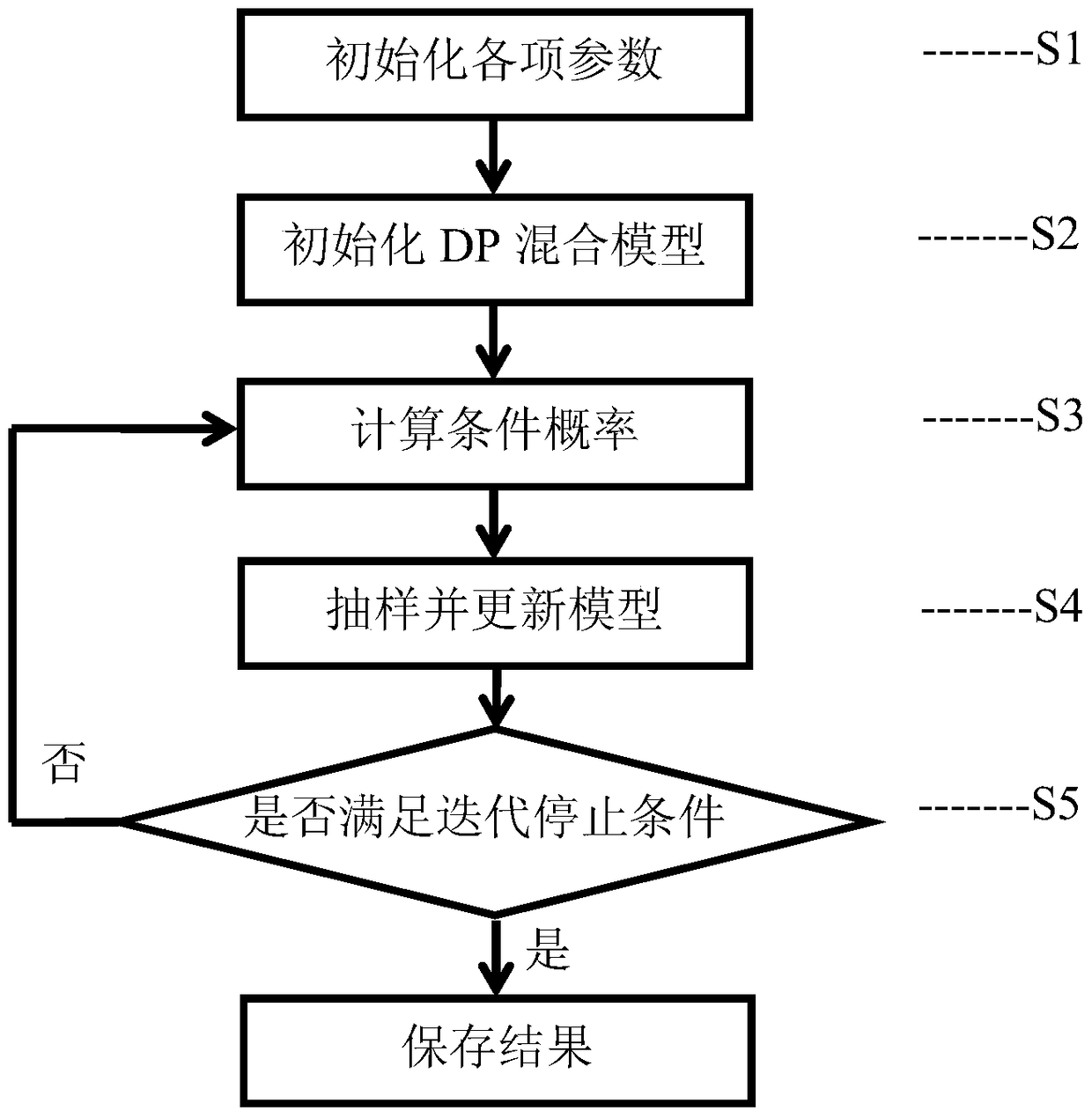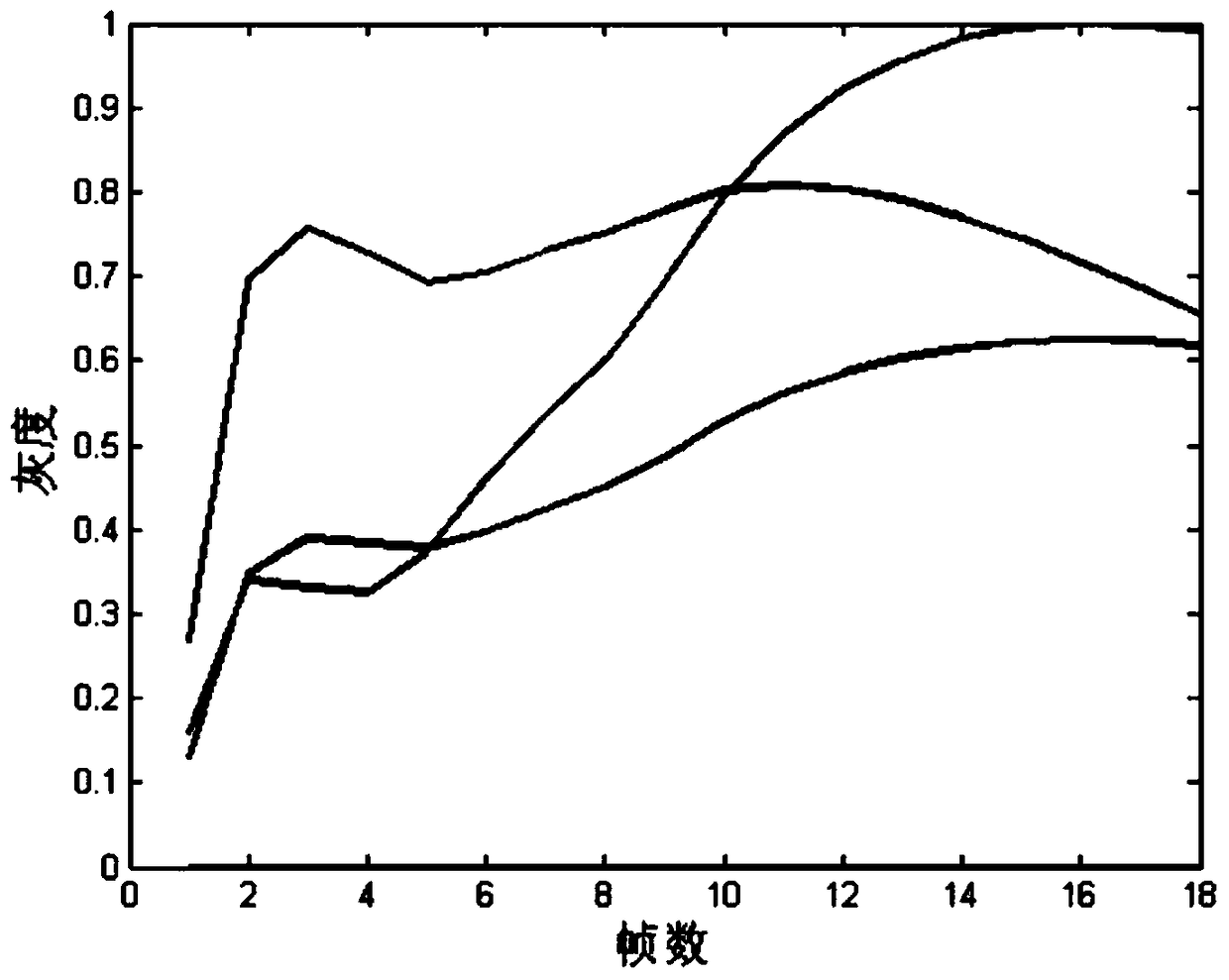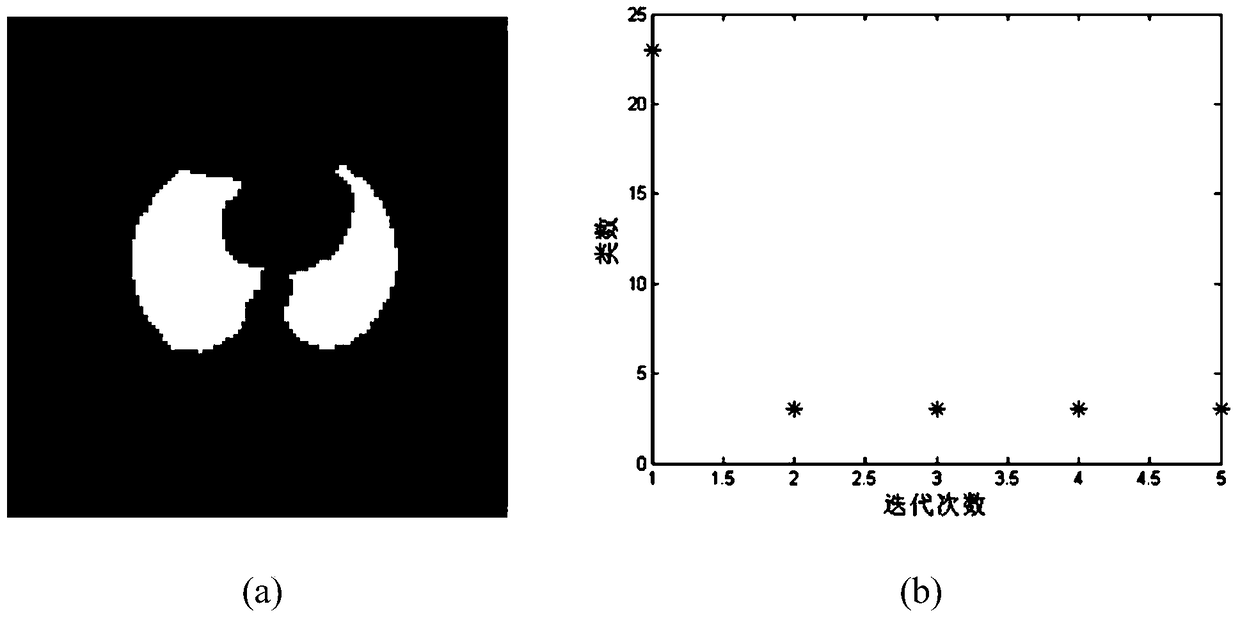A tac clustering method based on Dirichlet process mixture model
A hybrid model and clustering method technology, applied in the field of clustering, can solve the problems of modeling underfitting, difficult model selection, overfitting, etc.
- Summary
- Abstract
- Description
- Claims
- Application Information
AI Technical Summary
Problems solved by technology
Method used
Image
Examples
Embodiment Construction
[0068] In order to describe the present invention in more detail, the TAC clustering method of the present invention will be described in detail below with reference to the drawings and specific embodiments.
[0069] Such as figure 1 As shown, the TAC clustering method based on the Dirichlet process mixture model of the present invention includes the following steps:
[0070] S1. Initialize various parameters: the parameters that need to be initialized include the number of classes K, the aggregation parameter α, the parameters related to the class separation degree ss, s0, and the value of the degree of freedom v of the inverse Vicht covariance prior;
[0071] S2. Initialize the DP hybrid model: initialize the category to which each TAC belongs, and calculate and determine the relevant information q of each category in the hybrid model. The specific process is as follows:
[0072] 2.1 Use z to represent the value of the class to which all TACs belong, z i Is the i-th element in z, z i...
PUM
 Login to View More
Login to View More Abstract
Description
Claims
Application Information
 Login to View More
Login to View More - R&D
- Intellectual Property
- Life Sciences
- Materials
- Tech Scout
- Unparalleled Data Quality
- Higher Quality Content
- 60% Fewer Hallucinations
Browse by: Latest US Patents, China's latest patents, Technical Efficacy Thesaurus, Application Domain, Technology Topic, Popular Technical Reports.
© 2025 PatSnap. All rights reserved.Legal|Privacy policy|Modern Slavery Act Transparency Statement|Sitemap|About US| Contact US: help@patsnap.com



